A Beginner’s Guide to Making Your Own Tablets at Home
In the world of nutraceuticals, supplements, and multivitamins, there’s an increasing interest in making your own tablets at home. Whether you want to customize ingredients, control dosages, or reduce costs, DIY tablet production offers many benefits. But before you start, it’s essential to understand the key processes, equipment, and materials involved to ensure you're producing safe, high-quality tablets.
In this guide, I'll walk you through everything you need to know as a beginner, from the tools required to troubleshooting common challenges. As a tableting specialist, I’ll also offer practical tips based on years of experience in the nutraceutical industry.
What You Need to Know About Tablet Production
What is a Tablet?
A tablet is a solid dosage form created by compressing a mixture of active ingredients (the compounds providing health benefits) with various excipients (substances that ensure stability and ease of production). Tablets are widely used for nutraceuticals, supplements, and multivitamins due to their convenience, long shelf life, and easy customization.
There are several types of tablets you can create depending on your needs:
- Standard tablets: Swallowed whole and dissolve in the stomach.
- Chewable tablets: Easier to ingest and perfect for those who dislike swallowing pills.
- Sublingual tablets: Dissolve under the tongue for faster absorption.
- Effervescent tablets: Dissolve in water to create a fizzy drink, often used for vitamins or minerals.
Understanding the kind of tablet you want to make will help you select the right materials and equipment for production.
Key Components of a Tablet
Your tablets will consist of two essential components:
-
Active Ingredients: These are the compounds that provide the intended benefits. For example, if you're making a multivitamin tablet, your active ingredients might include vitamins like C, D, and B12, or minerals like magnesium and zinc.
-
Excipients: Excipients are crucial for ensuring the tablet holds its shape, breaks down appropriately, and doesn't stick to your tablet press. Without excipients, your tablets could crumble or become too hard to digest.
Common excipients include:
- Binders (e.g., microcrystalline cellulose): Help the tablet hold its shape.
- Lubricants (e.g., magnesium stearate): Prevent sticking to the tablet press.
- Disintegrants (e.g., sodium starch glycolate): Ensure the tablet breaks down in the stomach for proper absorption.
At BuildaPill, we supply a wide range of excipients, colorants, and custom excipient blends to suit your specific tablet formulation needs.
Choosing the Right Tablet Press for Your Home Production
One of the most important pieces of equipment for tablet production is the tablet press, which compresses the powdered ingredients into a solid form. The type of tablet press you choose will significantly impact your production efficiency and the quality of the tablets. Here’s a breakdown of the three primary types of tablet presses available:
1. Hand Tablet Presses
Hand presses, also known as "hand-crank" or manual presses, are the simplest and most affordable option for small-scale production. They are manually operated by turning a lever or handle that compresses the powder into a tablet. These presses typically produce one tablet at a time and are ideal for beginners or those who only need small batches.
- Pros: Affordable, easy to use, no electricity required.
- Cons: Slow production rate (one tablet at a time) and physically demanding for larger batches.
- Best for: Hobbyists or those producing a limited number of tablets, such as 10-50 tablets at a time.
For example, if you're experimenting with different formulations or making a few custom tablets for personal use, a hand press is a great way to start. It's easy to use, requires minimal setup, and allows you to press individual tablets with precision. However, if you plan to scale up, you’ll need something faster.
2. Single-Station Tablet Presses
Single-station presses are the next step up from hand presses and are commonly used in small-scale tablet production. These presses can either be manually operated or semi-automatic and can produce one tablet at a time, but with more consistency and less manual effort than a basic hand press.
- Pros: Higher production capacity than hand presses, better consistency in tablet size and quality.
- Cons: Still limited to one tablet at a time, so it can be slow for larger batches.
- Best for: Small businesses or individuals producing moderate quantities of tablets (50-3000 tablets per batch).
A single-station press is ideal if you’re running a small operation or home business. You get greater consistency and control over the tablet’s shape, hardness, and weight. For example, if you're making custom nutraceutical tablets for sale, a single-station press offers a great balance between cost and productivity.
3. Rotary Tablet Presses
Rotary tablet presses are used in more advanced and larger-scale tablet production. They contain multiple stations (or "turrets") that can press many tablets at once. These machines are fully automatic, continuously pressing and ejecting tablets, making them extremely efficient for large-scale operations.
- Pros: Fast production speeds, capable of producing thousands of tablets per hour, high precision and consistency.
- Cons: High cost, requires more space and regular maintenance, typically more complex to operate.
- Best for: Larger businesses or small manufacturers that need high-volume production.
Rotary presses are ideal for businesses that have outgrown manual or single-station presses and need to produce large quantities of tablets regularly. With a rotary press, you can churn out thousands of tablets in a fraction of the time it would take with a hand or single-station press. If your goal is to scale your tablet production, investing in a rotary press can pay off in terms of efficiency and output.
At BuildaPill, we offer a variety of hand presses, single-station presses, and rotary presses to suit your specific needs, whether you’re making tablets for personal use or scaling up to a commercial-level operation.
Essential Tools and Materials for DIY Tablet Production
Mixing Equipment
Once you've chosen a tablet press, you'll also need mixing equipment to ensure that your active ingredients and excipients are evenly distributed. For small batches, a simple mortar and pestle can work, but if you're making larger quantities, a small-scale blender is recommended.
A uniform mix is essential for consistent dosage in each tablet. If your ingredients aren’t well-blended, some tablets might contain too much of the active ingredient, while others may have too little, compromising both safety and efficacy.
Weighing and Measuring Tools
Accuracy is crucial in tablet making. A digital scale capable of measuring milligrams ensures you're working with precise amounts of active ingredients and excipients. Inaccurate measurements can result in ineffective or even unsafe tablets.
Storage Solutions
Once your tablets are produced, proper storage is critical. Use airtight containers to preserve the freshness and potency of your tablets, especially for ingredients like vitamins, which can degrade over time when exposed to air and moisture.
Step-by-Step Process to Make Your Own Tablets
Step 1: Weigh and Measure Ingredients
Carefully measure your active ingredients and excipients based on your desired dosage. If you're making 100 tablets and want each to contain 500 mg of vitamin C, you'll need to weigh out 50 grams of ascorbic acid, along with the appropriate amount of binders, lubricants, and disintegrants.
Step 2: Mix Ingredients
Combine your ingredients and mix them thoroughly. This can be done using a mortar and pestle for small batches or a blender for larger quantities. The goal is a uniform blend to ensure each tablet contains the same ratio of active ingredient to excipients.
Step 3: Press the Tablets
Load the mixed powder into your tablet press, whether manual, semi-automatic, or automatic. For manual presses, apply consistent pressure to ensure each tablet is firm and uniform. Automatic presses will handle this step with precision, ensuring that all tablets meet the same specifications.
Step 4: Optional Drying and Coating
Some tablets may require drying before packaging. This can be done at room temperature or in a food dehydrator. If desired, you can coat your tablets to make them more durable or easier to swallow. This step is optional but can enhance the appearance and shelf life of your tablets.
Troubleshooting Common Tablet-Making Issues
Tablets Crumbling or Breaking
If your tablets are falling apart, it’s likely due to a lack of binder or insufficient pressure during compression. Try increasing the amount of microcrystalline cellulose or applying more force with your tablet press.
Tablets Sticking to the Press
If the tablets are sticking to the die, increase the amount of lubricant in your formulation. Magnesium stearate, which we supply at BuildaPill, is commonly used to prevent this issue.
Inconsistent Tablet Sizes
If your tablets vary in size or weight, it’s usually due to uneven mixing. Ensure that your powder blend is homogenous, and avoid overfilling the tablet press cavity.
Maintaining Quality and Safety in Home Tablet Production
Even when making tablets at home, you should adhere to basic Good Manufacturing Practices (GMP). Clean your workspace thoroughly to avoid contamination, and store your ingredients and finished tablets in airtight containers.
At BuildaPill, we offer a full range of high-quality excipients, colorants, and tablet-making machinery that meet GMP standards, ensuring your home tablet production is safe and efficient.
Conclusion
Making your own tablets at home can be a fulfilling and cost-effective way to take control of your nutraceuticals, supplements, and multivitamins. By choosing the right tablet press, using quality excipients, and following a precise process, you can produce high-quality tablets tailored to your needs.
Ready to get started? Visit BuildaPill.com for all the supplies and equipment you need to make tablets at home, including excipients, tablet presses, and expert advice to help you on your journey. Happy tablet making!

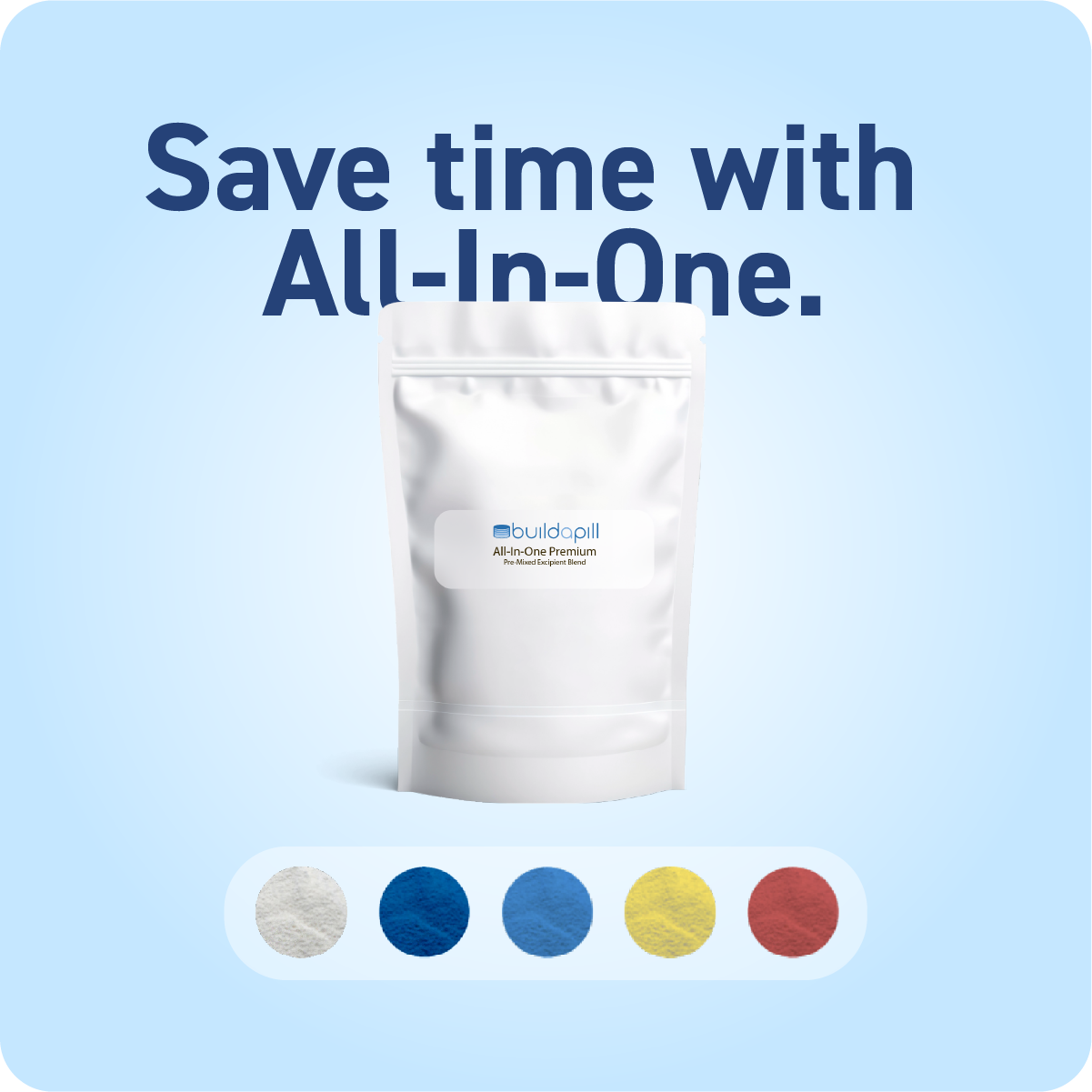
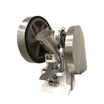
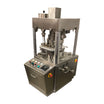
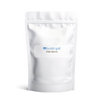
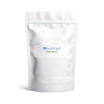
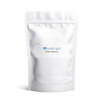
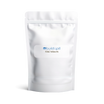
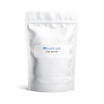
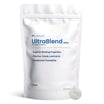
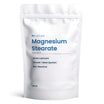
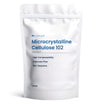
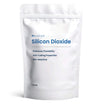
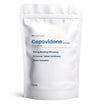
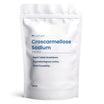
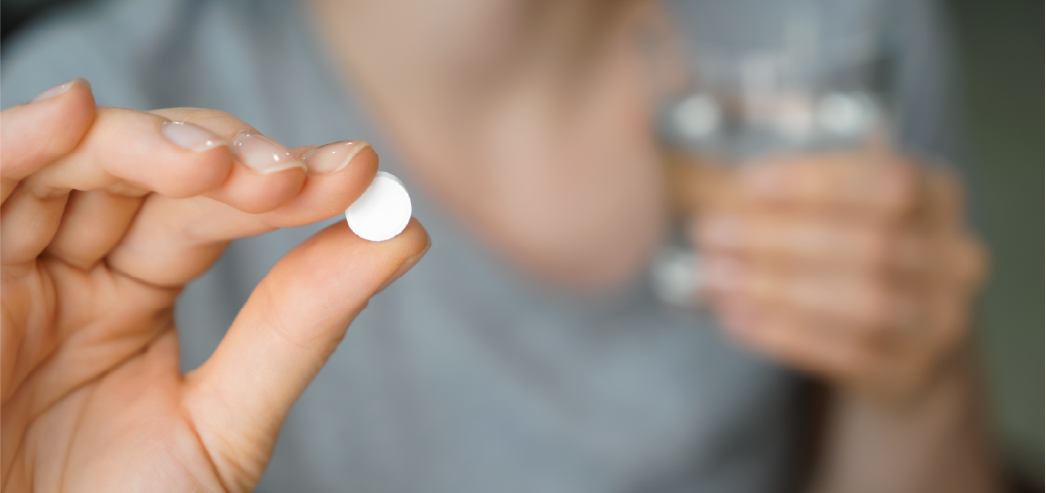
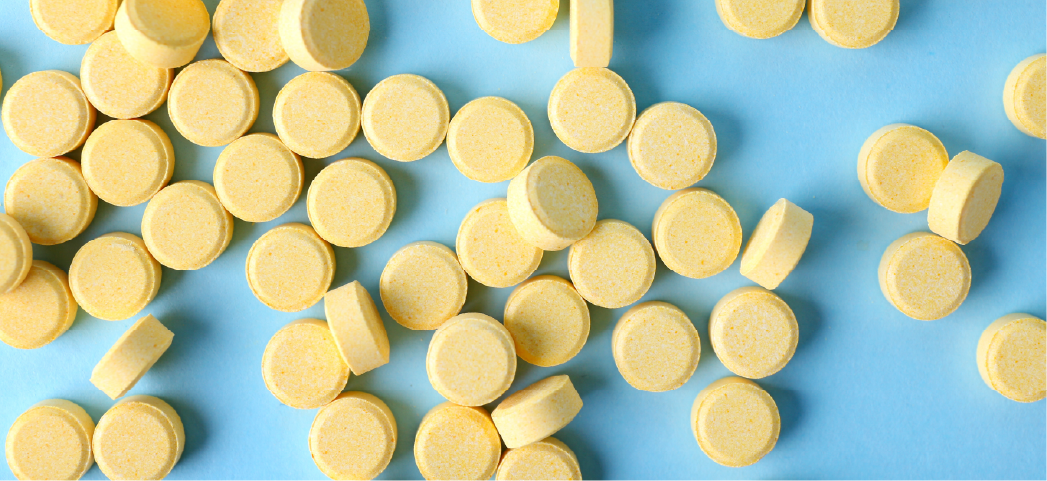
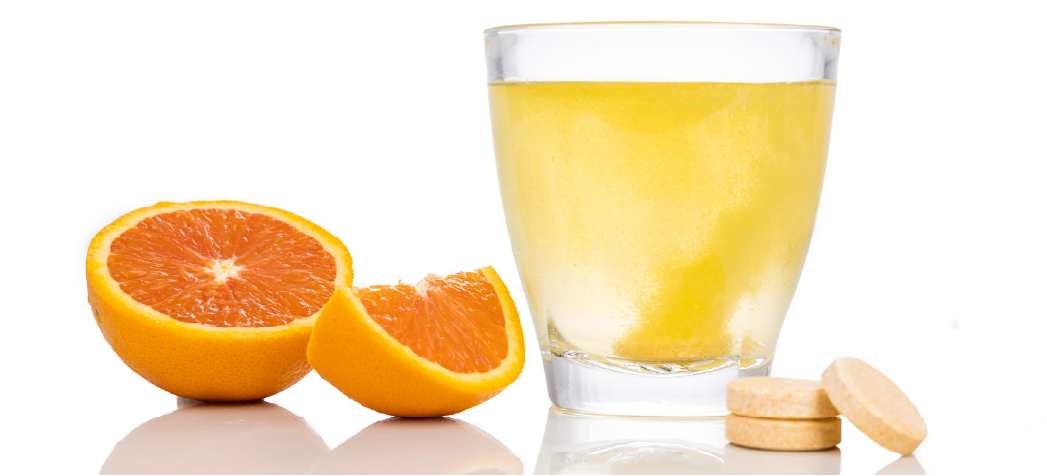




Leave a comment
This site is protected by hCaptcha and the hCaptcha Privacy Policy and Terms of Service apply.